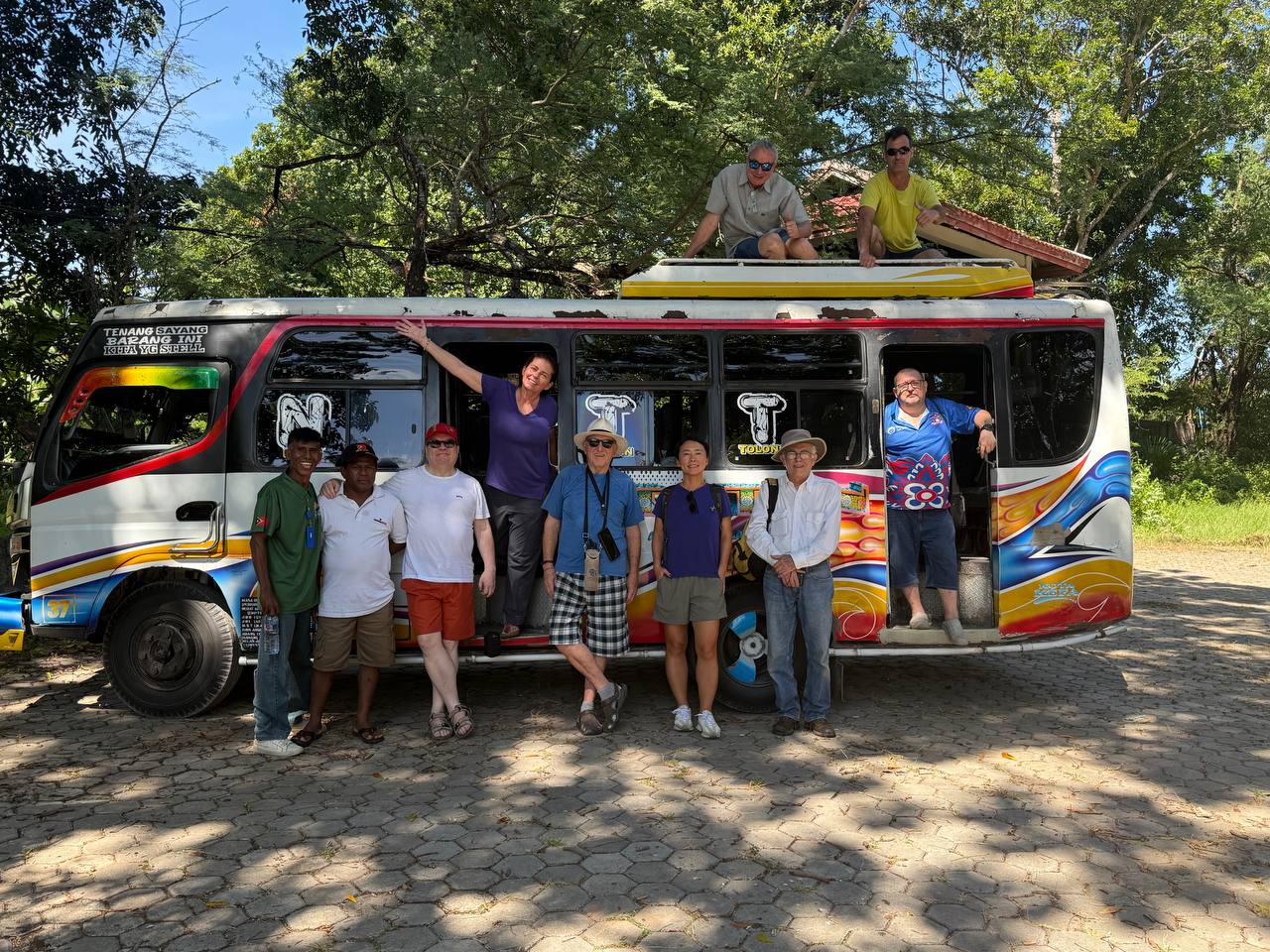Two years ago I came here and wrote the Street Food Kupang Guide. I did though write anything about the rest of the city, presumably in the hope it may improve. Sadly it has not, as my Ultimate Kupang Guide will show.
Entrance number 2 for the Shit City awards.
Table of Contents
What the Kupang Guide
Kupang is the capital of East Nusa Tenggara, which sounds exotic until you realise it’s mostly goats, trash fires, and broken pavement. It used to be a Dutch colonial outpost and somehow managed to keep the worst parts of that legacy while adding absolutely nothing of its own.
There’s a population of around half a million people, most of whom seem to be wondering why you’re here. Ethnically, it’s a mix of Timorese, Chinese Indonesians, and Bugis, and while there’s a blend of Christianity and Islam, the one true religion here is listless boredom. Kupang is not a city you visit. It’s a city you pass through while questioning why you did not stay home instead of “traveling”



What to do in Kupang Guide
There is a waterfall. It is called Oenesu. It has water, sometimes. People like to wash their bikes in it, and occasionally their sins. There is also the famous Crystal Cave, which would be a geological marvel if you hadn’t already seen a puddle before. Getting down requires navigating slippery rocks and questioning your insurance policy. It’s pretty, if you squint and ignore the smell.
Then there is the orphanage. Yes, the actual highlight for some tourists is visiting parentless children. If that isn’t bleak enough, there’s also monkey feeding just out of town. You buy popcorn, you throw them, the monkeys attack you. Bonus points if they bite and you get to play Russian Roulette with rabies treatment. There’s not much else. This is not a city with depth. This is a city that barely has a pulse.






Eating and drinking in Kupang AKA The Nightlife
There is a legit street food market near the KFC, and that’s the high watermark. Everything else is a downgrade. Forget about getting wine, or spirits, or anything resembling a bar. Beer exists in the same way that ghosts do. People talk about it, and some claim to have seen it, but nobody can actually prove anything. This is largely thanks to the majority Muslim population projecting their own moral crusades while still letting karaoke joints thrive behind closed doors. It’s not even fun hypocrisy. It’s boring hypocrisy.
There is no nightlife. No bars. No vibe. It’s not even a dry city in an ironic way. It’s just dead. People go home early. Dogs bark. That’s it. Kupang after dark feels like a small town that was never told the Coronavirus pandemic had ended and lockdown was finally over.






Hotels of Kupang Guide
The Neo Hotel by Aston is the best hotel in Kupang. This is not a compliment. It’s more a warning about what the rest of the city offers. Neo Hotel has aircon, beds, and a pool that closes at 6pm for reasons nobody can explain. I’ve covered it more in depth elsewhere.
Other options include the Swiss-Belinn which is the Swiss-Belhotel brand on life support. It looks nice on Agoda but check in and you’ll find the soul of a budget prison. There’s also the Sotis Hotel, which locals will tell you is fancy, but it has a vibe that suggests it was designed by someone who got fired from a Jollibee in 1998. Everything else is for locals and backpackers who think like to sing “Common People” without irony.



Guide to getting out of Kupang
Ferries leave from Tenau Harbour. If you’re headed to Rote Island you’ll want the ASDP ferry. It’s cheap, it runs on Indonesian time, and it occasionally floats. Other boats go to Alor and Lembata if you enjoy pain and seasickness. Flying is the only sane option, with daily flights to Bali, Jakarta, and elsewhere.
Speaking of which, Timor-Leste is next door and far more interesting. You can go overland to the Oecusse exclave, which is part of Timor-Leste but surrounded by Indonesia. Why? Because colonialism. It involves checkpoints, bribes, and potholes but at least it feels like an adventure.
Also, I interviewed the President of Timor-Leste once. That’s now legally required to be mentioned in every article I write about this region. You’re welcome (drops the mic).

